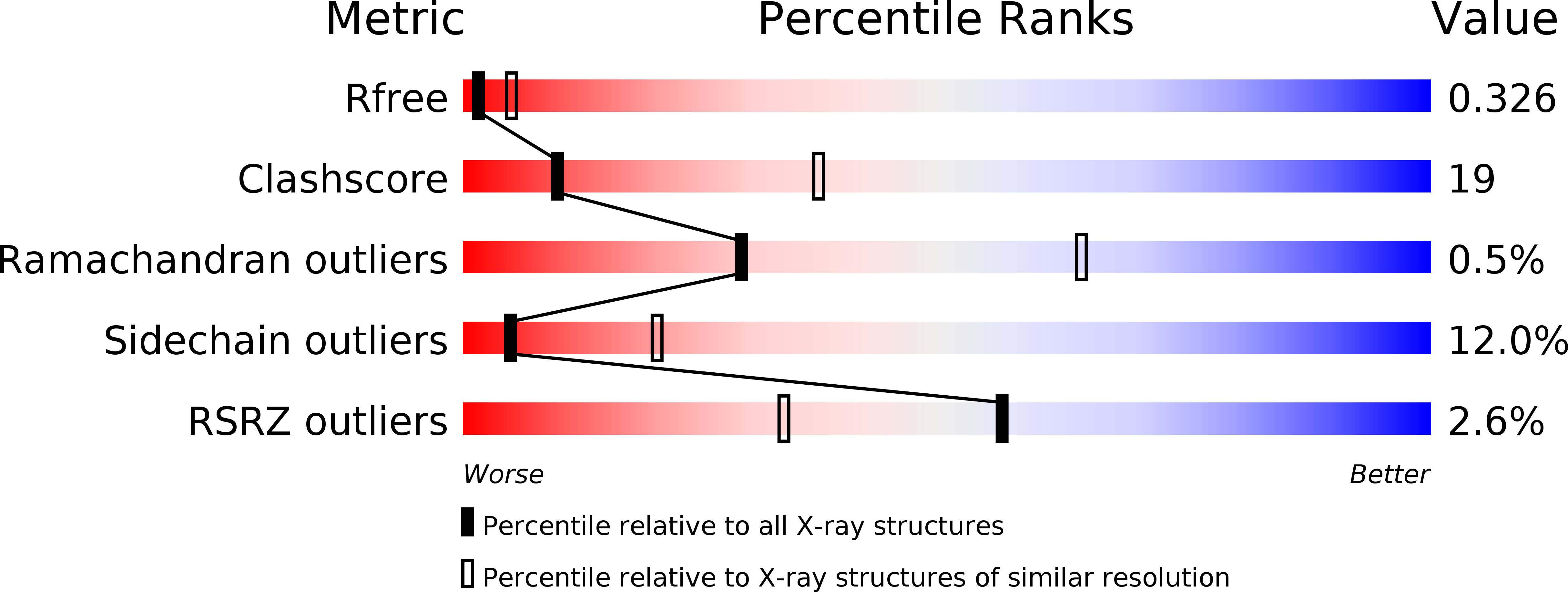
Deposition Date
2020-04-04
Release Date
2020-07-29
Last Version Date
2024-11-06
Entry Detail
PDB ID:
6YJP
Keywords:
Title:
Crystal structure of a complex between glycosylated NKp30 and its deglycosylated tumour ligand B7-H6
Biological Source:
Source Organism:
Homo sapiens (Taxon ID: 9606)
Host Organism:
Method Details:
Experimental Method:
Resolution:
3.10 Å
R-Value Free:
0.32
R-Value Work:
0.27
R-Value Observed:
0.27
Space Group:
C 1 2 1


